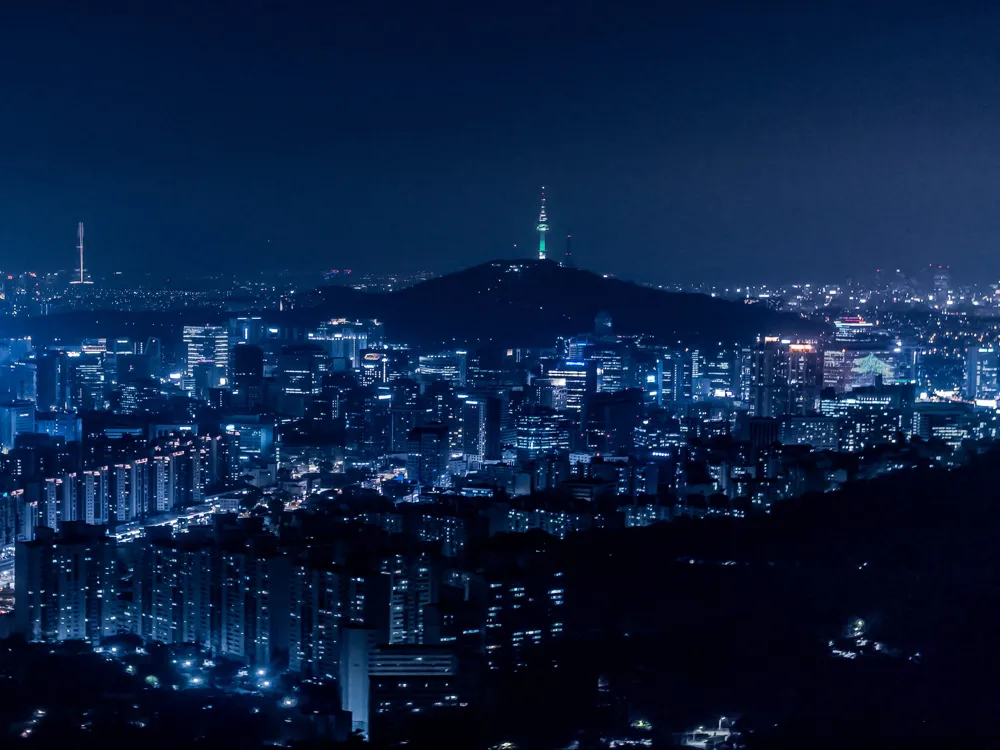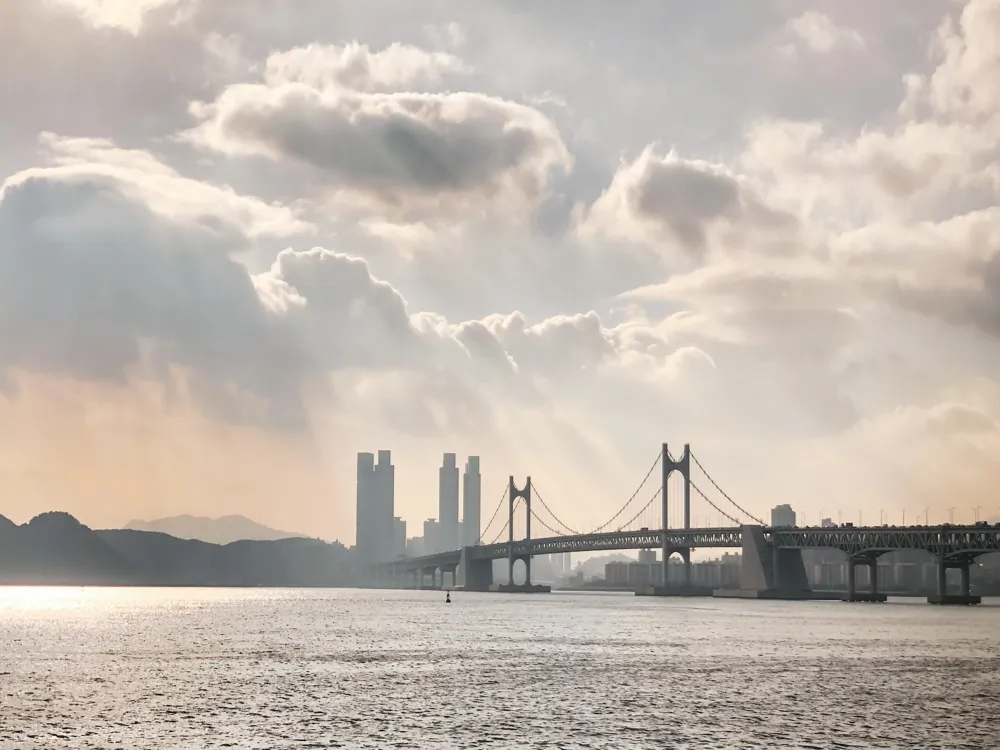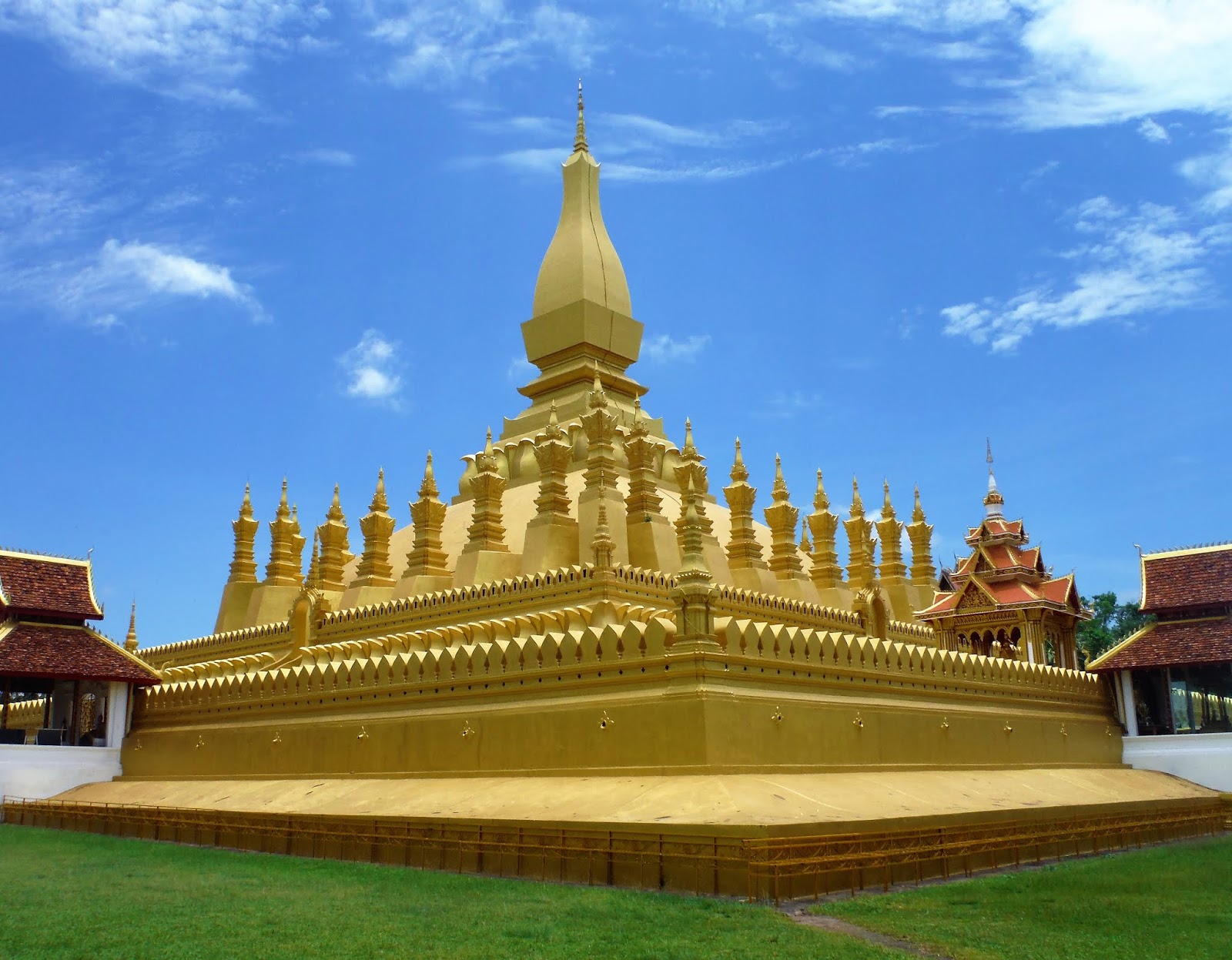What is the best time to visit South Korea?
Planning a trip to South Korea? Timing is key to ensuring a memorable experience. Understanding the country's diverse climate and seasons will help you make the most of your visit.The spring months of April, May, and June, as well as the fall months of September, October, and November, are typically regarded as the ideal times of year to visit South Korea. Days are usually bright, dry, and have acceptable average temperatures during these two seasons. Autumn (September to November) is the ideal season to visit, with pleasant weather, little to no rain, and plenty of festivities. Locals go to national parks to picnic beneath the flaming canopies of Korea's mountains, which explode in a spectacular palette of reds, yellows, and oranges. Even in October, you can still wear t-shirts, but by then, you'll probably need to wear more layers.
Travel Peak Season in SOUTH KOREA
Embracing Vibrancy
South Korea's peak season, from March to June, promises pleasant weather and vibrant landscapes. Cherry blossoms bloom in March and April, creating picturesque scenes. The comfortable temperatures make it ideal for exploring historical sites and enjoying outdoor activities.
-
Spring (April to June):
- Spring is a popular time to visit South Korea due to the mild temperatures and beautiful cherry blossoms. April, in particular, is known for the cherry blossom season, which attracts tourists to parks and historical sites.
- Pleasant weather encourages outdoor activities and exploration.
-
Autumn (September to November):
- Autumn is another peak season, known for its cool and crisp weather along with vibrant fall foliage. The changing colours of the leaves create picturesque landscapes, especially in places like Namsan Seoul Tower and Seoraksan National Park.
- Comfortable temperatures make it an ideal time for hiking and outdoor adventures.
-
Major Holidays:
- The Chuseok holiday (Korean harvest festival, usually in September) and Lunar New Year (Seollal, usually in January or February) are peak travel times when many locals take vacations, and popular tourist destinations may be crowded.
- During these holidays, transportation and accommodations may be in high demand.
Travel Offseason in SOUTH KOREA
Quiet Beauty
For those seeking a more tranquil experience, the offseason, from July to October, offers a unique charm. While the weather might be a bit unpredictable due to the monsoon season, the fewer crowds provide an opportunity to explore South Korea's hidden gems peacefully.
-
Winter (December to February):
- December to February is considered the offseason in South Korea.
- Colder temperatures, especially in January, make it a less popular time for outdoor activities.
- Winter sports enthusiasts may find this season appealing, as South Korea has ski resorts such as those in Pyeongchang.
- Some attractions and outdoor sites may have reduced crowds, offering a more peaceful experience for travellers.
-
Reduced Crowds:
- Compared to the bustling tourist seasons of spring and autumn, the winter offseason sees fewer visitors.
- Popular tourist destinations, historical sites, and cultural attractions may have less congestion.
-
Lower accommodation prices:
- Accommodation prices tend to be lower during the offseason as demand decreases.
- Travellers may find discounts on hotels and guesthouses during this time.
-
Winter Festivals:
- Despite being the offseason, South Korea hosts winter festivals and events during these months. These festivals showcase winter sports, cultural performances, and illuminated displays.
-
Cultural Experiences:
- The winter season provides an opportunity to experience traditional winter activities, such as ice skating and enjoying hot beverages in cosy cafes.
SOUTH KOREA Weather in Winter (November – February)
A Winter Wonderland
South Korea transforms into a winter wonderland from November to February. The cold season brings a different kind of beauty, with snow-covered landscapes and festive atmospheres. Embrace the chill and explore the winter festivities, from ice skating to enjoying warm street food.
SOUTH KOREA Weather in November
November marks the transition to winter. The temperatures drop, but the landscapes are still adorned with the remnants of autumn colours. It's an excellent time for a cosy getaway before winter fully sets in.
SOUTH KOREA Weather in December
December brings the magic of the holiday season. Festive decorations illuminate the cities, and winter activities abound. Experience the enchantment of South Korea during this joyful time.
SOUTH KOREA Weather in January
January is the heart of winter, offering a true cold-weather experience. Embrace the chill by exploring snow-covered landscapes and participating in winter festivals.
SOUTH KOREA Weather in February
February marks the end of winter, with milder temperatures slowly returning. Enjoy the last remnants of the winter wonderland before the arrival of spring.
SOUTH KOREA Weather in Summers (March to June)
Blooming Beauty
As spring transitions to summer, South Korea bursts into bloom. March to June is the perfect time for nature enthusiasts, with vibrant flowers and lush greenery. The comfortable temperatures make outdoor activities enjoyable.
SOUTH KOREA Weather in March
March brings the first signs of spring. Cherry blossoms start to bloom, and temperatures become milder, inviting locals and tourists alike to enjoy outdoor activities.
SOUTH KOREA Weather in April
April is a prime time for cherry blossom viewing. The entire country becomes a spectacle of pink and white flowers, creating a dreamlike atmosphere.
SOUTH KOREA Weather in May
May offers mild temperatures and a lush landscape. It's an excellent month for exploring South Korea's natural beauty and historical sites.
SOUTH KOREA Weather in June
June marks the beginning of summer. While temperatures rise, the landscapes remain vibrant. Take advantage of the pleasant weather for outdoor adventures.
Monsoon weather in South Korea (July-October)
Refreshing Showers
The monsoon season, from July to October, brings occasional rain showers that rejuvenate the landscape. While it might not be the ideal time for outdoor activities, the unique beauty of South Korea in the rain is a sight to behold.
SOUTH KOREA Weather in July
July marks the start of the monsoon season. While rain showers are frequent, the landscapes come alive with lush greenery, creating a refreshing atmosphere.
SOUTH KOREA Weather in August
August continues the monsoon season, offering occasional rains. It's a quieter time for tourists, providing an opportunity to explore popular sites with fewer crowds.
SOUTH KOREA Weather in September
September sees the tail end of the monsoon season. The weather begins to stabilise, making it a transitional period with a mix of rain and sunshine.
SOUTH KOREA Weather in October
October marks the end of the monsoon season. The weather becomes more predictable, and the landscapes transform into a kaleidoscope of autumn colours.
More about the Best Time to Travel to SOUTH KOREA
Finding Your Ideal Time
Choosing the best time to visit South Korea depends on your preferences. Whether you enjoy the vibrancy of peak season, the tranquilly of the offseason, or the unique charm of winter or monsoon, South Korea has something to offer throughout the year.
Conclusion
Choosing the best time to visit South Korea depends on your preferences and the experience you seek. Whether you prefer the vibrant colours of spring, the enchanting winter wonderland, or the refreshing showers of the monsoon, South Korea has something for every traveller.
Is it advisable to visit South Korea during the monsoon season?
South Korea's monsoon season can be challenging due to frequent rain showers. If you don't mind occasional rain and want to experience the lush landscapes, it can still be an enchanting time to visit.
What is the most crowded time to visit South Korea?
The peak season, from March to June, tends to be the most crowded due to pleasant weather and various festivals. Plan accordingly to avoid large crowds.
Are winter activities popular in South Korea?
Yes, winter activities, including ice skating and winter festivals, are popular in South Korea. The country embraces the winter season with festive events and a unique charm.
Can I see cherry blossoms in South Korea during November?
No, cherry blossoms typically bloom in March and April. November marks the beginning of winter, and the landscapes transition to colder weather.
Is it possible to enjoy outdoor activities during the monsoon season?
While the monsoon season brings occasional rain, there are still opportunities to enjoy outdoor activities between showers. Be prepared for rain and explore South Korea's beauty in a unique way.
What is the temperature range during the summer months in South Korea?
Summer temperatures in South Korea range from mild to warm, creating comfortable conditions for outdoor exploration and sightseeing.




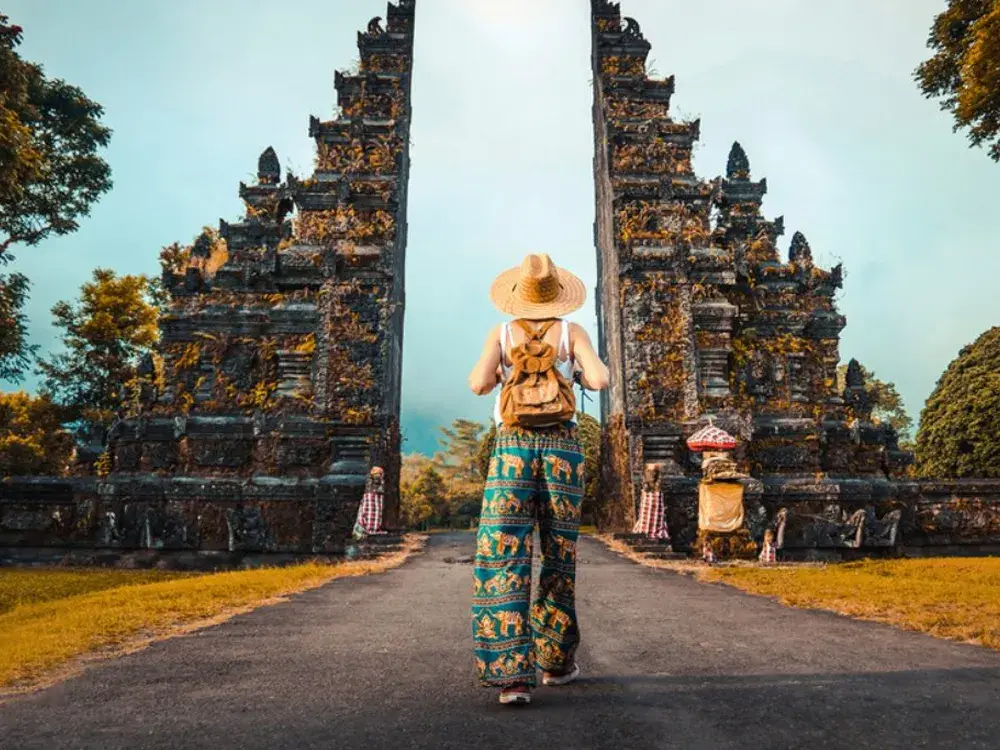
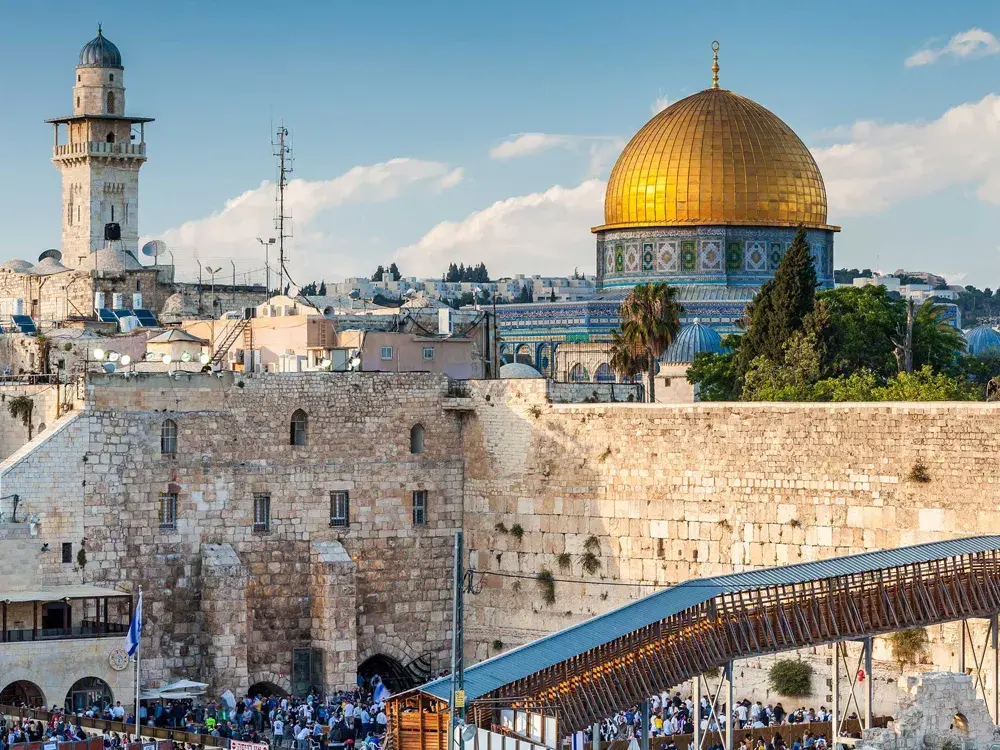

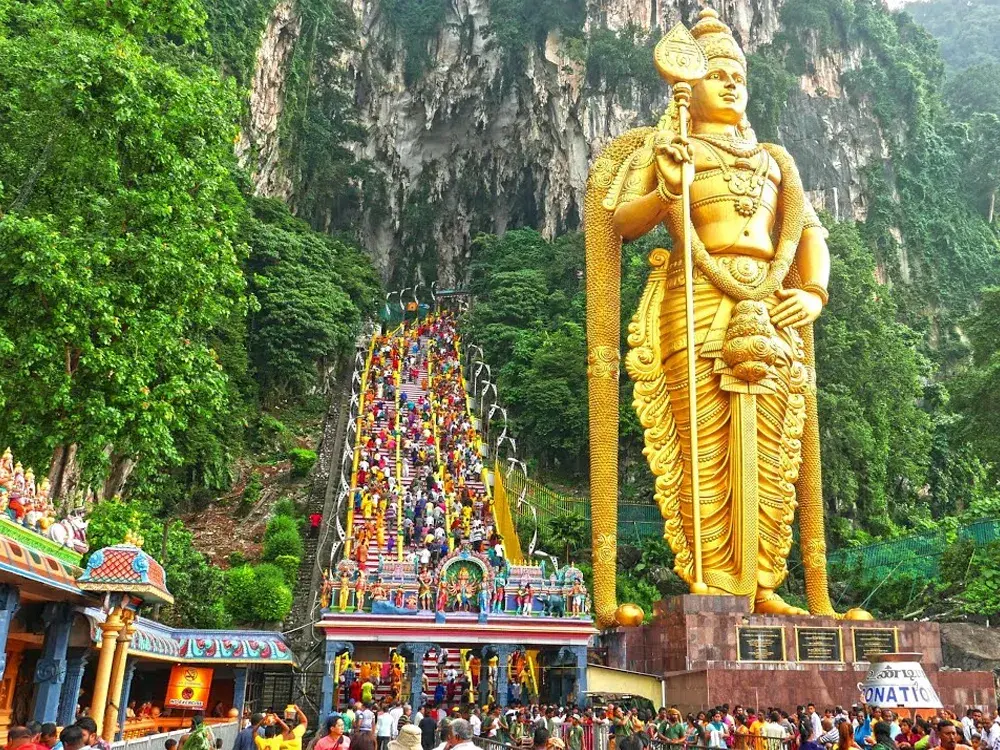
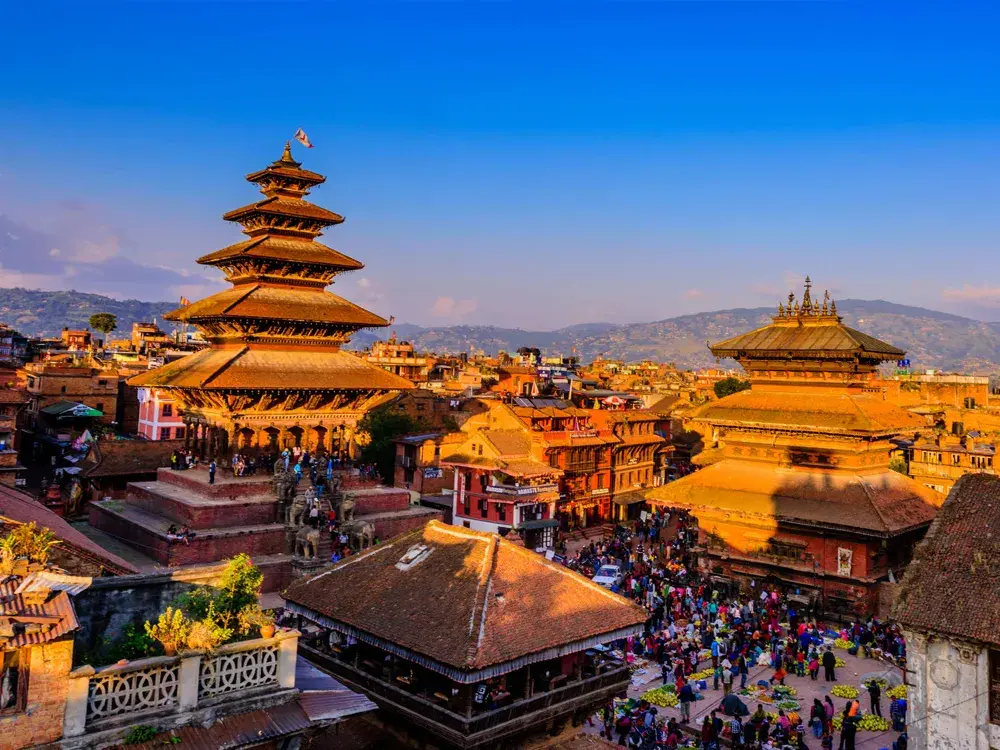
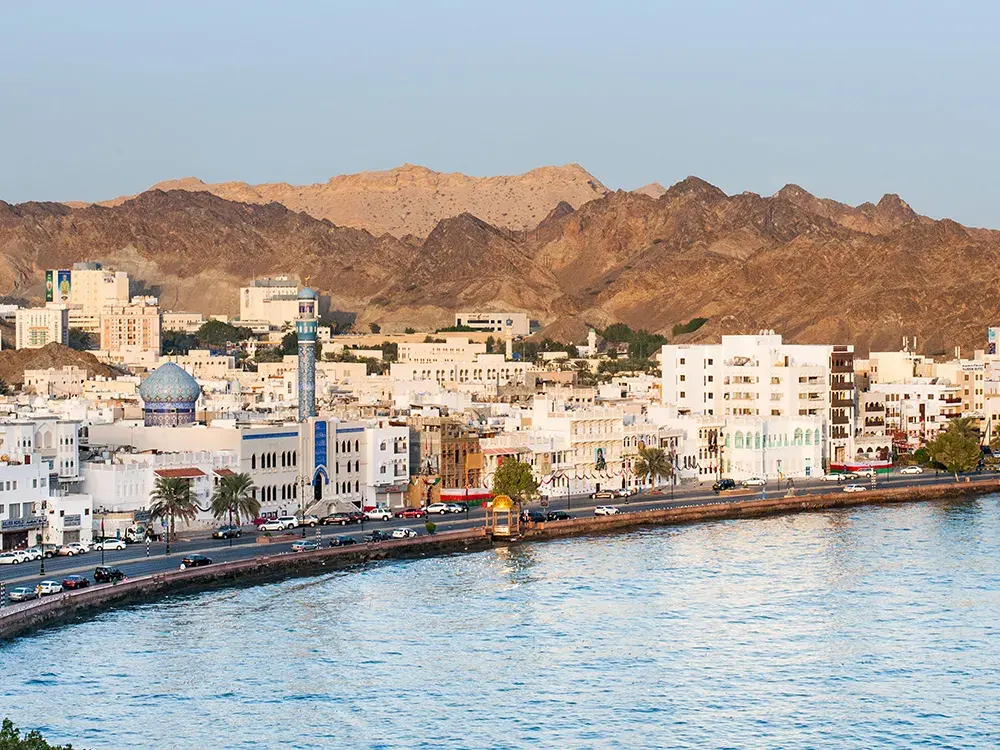


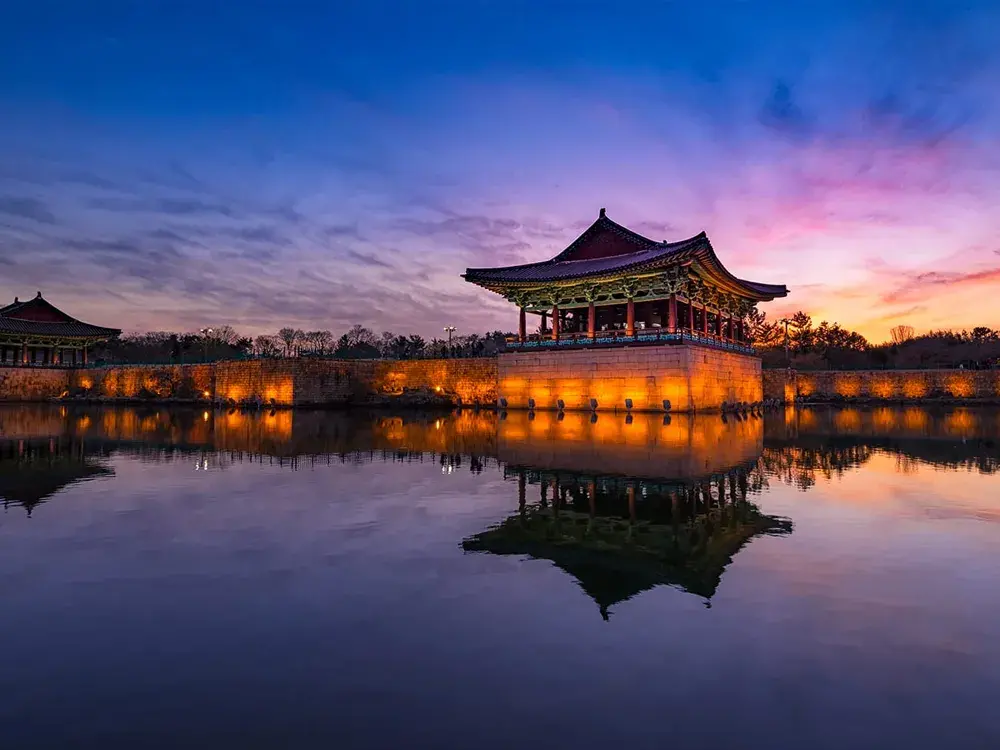
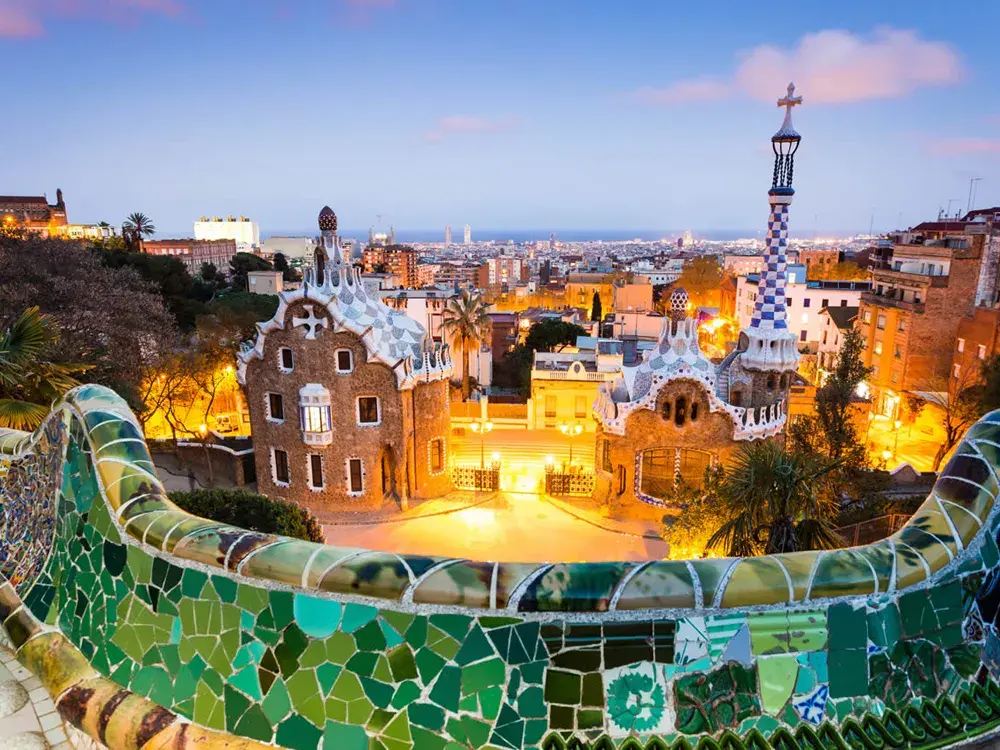



.webp)




